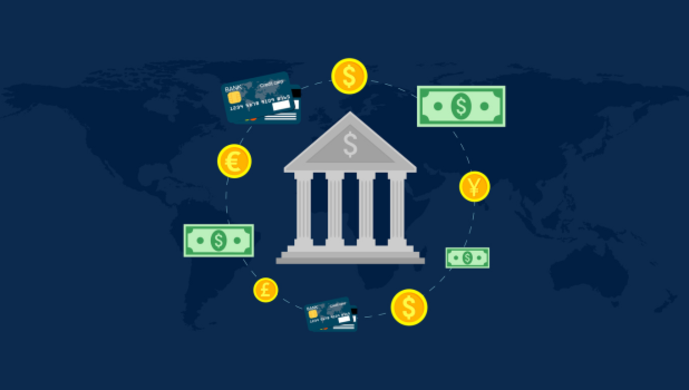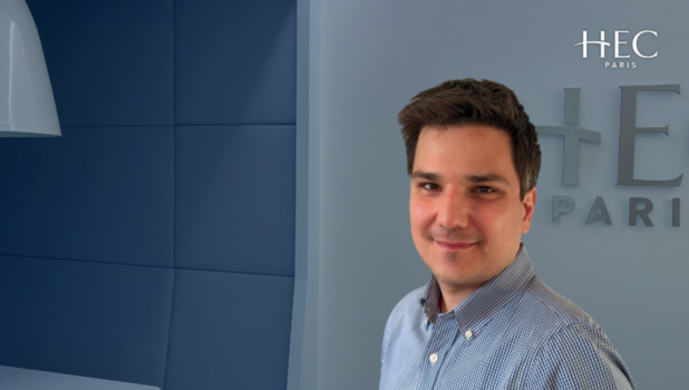In a context where a company is obliged to be truthful with a decision maker responsible of its fate, and has competitors in the market, how much information is it relevant to reveal? And does it need to share all the information for the sake of transparency?
Suppose a government body must decide whether to authorize putting a drug on the market. In this situation of uncertainty, where there are competitors in the marketplace, the decision will be based on the level of information shared by the pharmaceutical industry, who doesn’t know how much to reveal.
Indeed, in some cases, it is not optimal to reveal everything because of the risk of revealing defects — but firms cannot lie. So how much information should a theoretical pharmaceutical company share with governmental authorities to convince them?
How much to reveal to inform a choice: a probabilistic model
Our study is based on a probabilistic model of persuasion (or “information design”) in an uncertain situation. It offers several options: revealing no information, partial information, or an abundance of information. As our model also includes competitors, the company must also find the right balance of information that persuades the decision maker that its drug is the best choice.
In other words, each firm (or “information designer”) seeks to convince, say, the U.S. Food and Drug Administration (the decision maker or “agent”) that its product is effective and would prefer that competitor firms’ products not be approved.
In other examples, departments within an organization or university might try to persuade the head of the organization to allocate a position to their department.
In all these examples, interested parties try to design information to influence the behavior of decision makers. Our study provides a general theoretical framework to analyze such situations.
Case 1: Informing with both public and private messages
We looked at situations where there were multiple information makers and decision makers. In the general case, information makers were able to pass both public and private messages. With each message or piece of information, decision makers will modify and update their beliefs and judgment depending on the selection of information they receive. So, the information maker hopes to induce beliefs that are beneficial to him/her. In that general model, we were able to find equilibrium between the amount of information revealed and the benefits to the information makers (to be checked).
A key challenge is to capture the equilibrium interplay between the strategies of information disclosures and the choices of decision makers. Many times, a decision maker might act in favor of one or the other information makers. This is particularly salient when the decision maker is indifferent with whom to favor. In such a case, an additional tiny bit of evidence from one or the other might be decisive. We find equilibrium decision making whereby decision makers arbitrage between the interests of the several information makers.
Case 2: Informing with numerous public messages
In another model, each information maker sends only public messages to all agents. In this case, we discuss the number of messages (or clinical trials, in our example) to send to the decision maker. According to this model, we found a robust equilibrium, i.e., a right amount of information to share, if the informer sent a limited number of messages to the decision maker (or conducted a limited number of clinical trials). In other words, though theoretically sending an infinite number of messages (or clinical trials) might perfectly reveal the situation, there is no benefit to doing this.
This finding offers a huge simplification to the problem of searching for the equilibrium amount of information. The model does not put a priori bounds on the number of messages, so it might be theoretically possible that adding more and more messages be increasingly beneficial to the information maker. Our result proves that this is not the case and that the total amount of information is a priori bounded. This is key to designing computerized equilibrium calculations out of market data.
Case 3: Informing with finite sets of messages
The final class is called “rectangular corporation problems”, where each designer controls a group of agents in one “corporation.” In this case, robust pure-strategy equilibria exist with finite sets of messages, and we can characterize the equilibria, i.e., the right amount of information to reveal.
The appeal of this specification of the model is to capture information within competing organizations and to be “simple” to solve. Each corporation can be seen as an organization or firm, composed of many collaborators who take individual decisions and have their own incentives. The information maker of a corporation can be thought of as the manager who releases information to his/her collaborators, considering both their own interests and the competition with other firms. The equilibria can be easily calculated using the traditional methods of game theory.
Conclusion
Our paper offers a methodological contribution to designing what information to disclose when there is competition between information providers for influencing decision makers. Disclosing information can come in various ways and is potentially very complex.
We provide a unified model that can be used no matter how many information makers and decision makers and no matter the nature of information. We show that equilibrium information disclosure can be found in the most general case, though that task can be daunting. We find important cases where the task can be simplified, and equilibria can be directly calculated from market data.
*Long information design (with Frédéric Koessler, Jérôme Renault and Tristan Tomala), Theoretical Economics, 2022, 17, 883-927.









